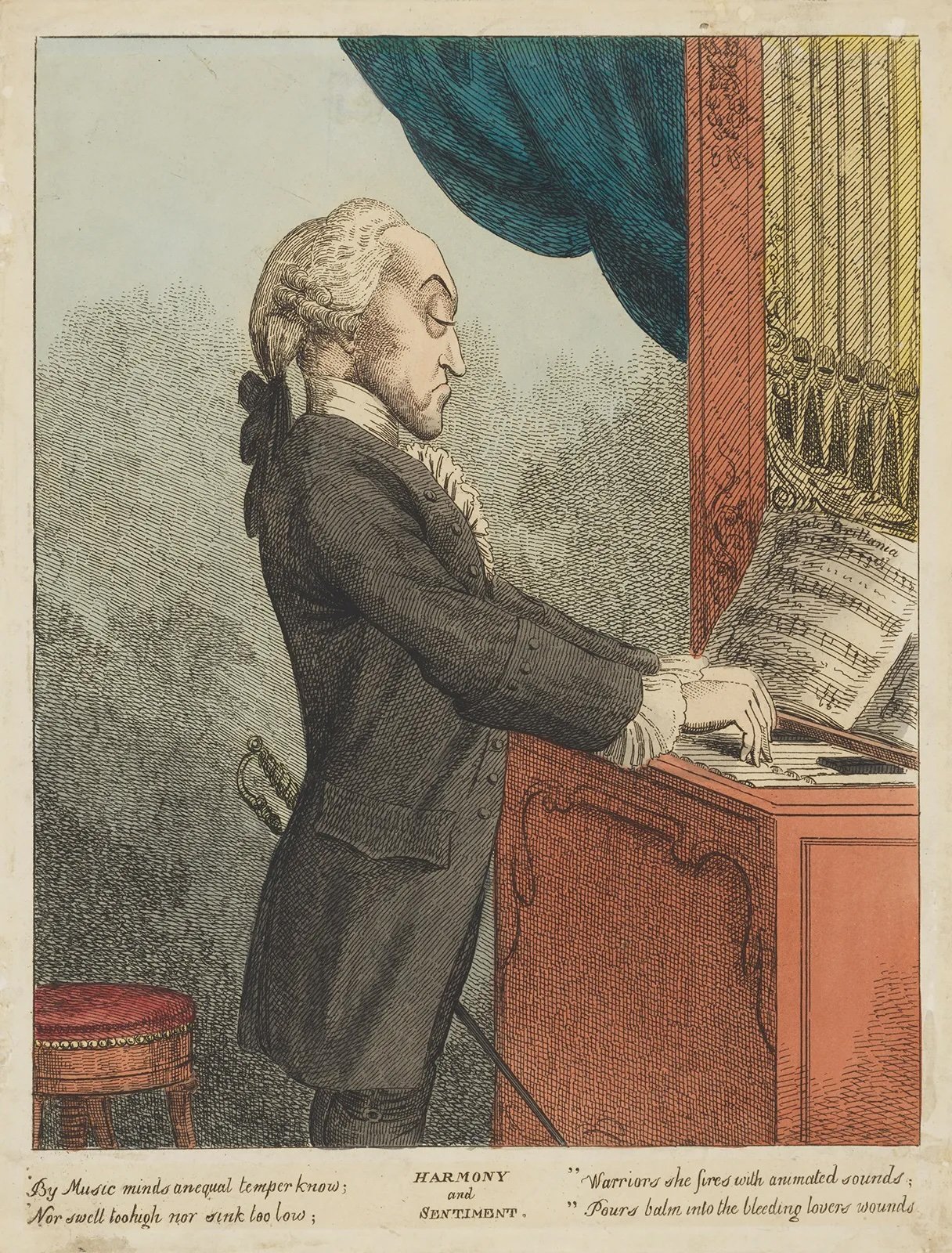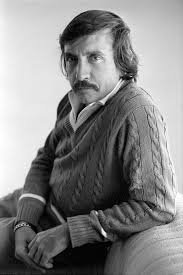MARCH 12
GEORGE BERKELEY (March 12, 1685)
March 12 is the birthday of BISHOP GEORGE BERKELEY (1685-1753)
"Esse est percipi."
"To be is to be perceived."
Berkeley "was an Anglo-Irish philosopher whose primary achievement was the advancement of a theory he called 'immaterialism' (later referred to as 'subjective idealism' by others). This theory denies the existence of material substance and instead contends that familiar objects like tables and chairs are ideas perceived by the mind and, as a result, cannot exist without being perceived." (Wikipedia)
THOMAS ARNE (March 12, 1710)
March 12 is the birthday of English composer THOMAS ARNE (1710-1778).
Arne "is best known for his patriotic song RULE, BRITTANIA! and the song 'A-Hunting We Will Go,' the latter composed for a 1777 production of The Beggar's Opera, which has since become popular as a folk song and a nursery rhyme. Arne was a leading British theatre composer of the 18th century, working at the West End's Drury Lane and Covent Garden. He wrote many operatic entertainments for the London theatres and pleasure gardens, as well as concertos, sinfonias, and sonatas." (Wikipedia)
VASLAV NIJINSKY (March 12, 1890)
March 12 is the birthday of Russian dancer and choreographer VASLAV NIJINSKY (1890-1950).
"God is fire in the head."
Nijinsky was one of the greatest dancers of the 20th century. He is best known for his work for the Ballets Russes, including starring roles in "Prelude to the Afternoon of a Faun" and "Petrushka." In 1919, Nijinsky was diagnosed with schizophrenia and committed to a mental asylum. He would be in and out of mental institutions for the next 30 years, never to dance in public again.
In 2008, the Mariinsky Ballet recreated the original performance of Igor Stravinsky's ground-breaking, riot-provoking THE RITE OF SPRING, complete with a recreation of the original sets and costumes by Nicholas Roerich and the primitive, incantatory, shamanistic choreography of Nijinsky.
ALBERTO BURRI (March 12, 1915)
March 12 is the birthday of Italian visual artist, painter, sculptor, and physician ALBERTO BURRI (1915-1995).
Burri's "artistic research became personal in short time, between 1948 and 1950 he began experimenting with using unusual, 'unorthodox' materials such as tar, sand, zinc, pumice, and Aluminium dust as well as Polyvinyl chloride glue, this last material being elevated to the same importance as oil colors. During this artistic transition, the painter showed his sensitivity to the mixed-media type of abstraction of Enrico Prampolini, a central figure in Italian Abstract art. Nonetheless Burri went one step further in his Catrami (Tars), presenting tar not as a simple collage material, but as an actual color which – by way of different lucid and opaque shades in monochrome black–, blended itself with the totality of the painting." (Wikipedia)
To see examples of Burri’s art, CLICK HERE.
JACK KEROUAC (March 12, 1922)
March 12 is the birthday of Beat writer JACK KEROUAC (1922-1969).
"Avoid the world, it's just a lot of dust and drag and means nothing in the end."
Kerouac "is recognized for his style of stream of consciousness spontaneous prose. Thematically, his work covers topics such as his Catholic spirituality, jazz, travel, promiscuity, life in New York City, Buddhism, drugs, and poverty. He became an underground celebrity and, with other Beats, a progenitor of the hippie movement, although he remained antagonistic toward some of its politically radical elements. He has a lasting legacy, greatly influencing many of the cultural icons of the 1960s, including Bob Dylan, the Beatles, Jerry Garcia and the Doors." (Wikipedia)
EDWARD ALBEE (March 12, 1928)
March 12 is the birthday of American playwright EDWARD ALBEE (1928-2016).
"You are cordially invited to George and Martha's for an evening of fun and games."
Albee won six Pulitzers and three Tony Awards. His plays include "Zoo Story," "A Delicate Balance" and WHO'S AFRAID OF VIRGINIA WOOLF (1962). In the film version of "Who's Afraid," Richard Burton and Elizabeth Taylor portray the alcoholic couple George and Martha.
"George is an associate professor of history and Martha is the daughter of the president of the college where George teaches. After they return home from a faculty party, Martha reveals she has invited a young married couple, whom she met at the party, for a drink. The guests arrive – Nick, a biology professor (who Martha thinks teaches math), and his wife, Honey. As the four drink, Martha and George engage in scathing verbal abuse of each other in front of Nick and Honey. The younger couple is first embarrassed and later enmeshed. They stay." (Wikipedia)






